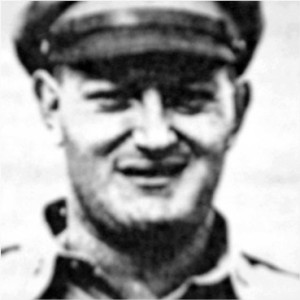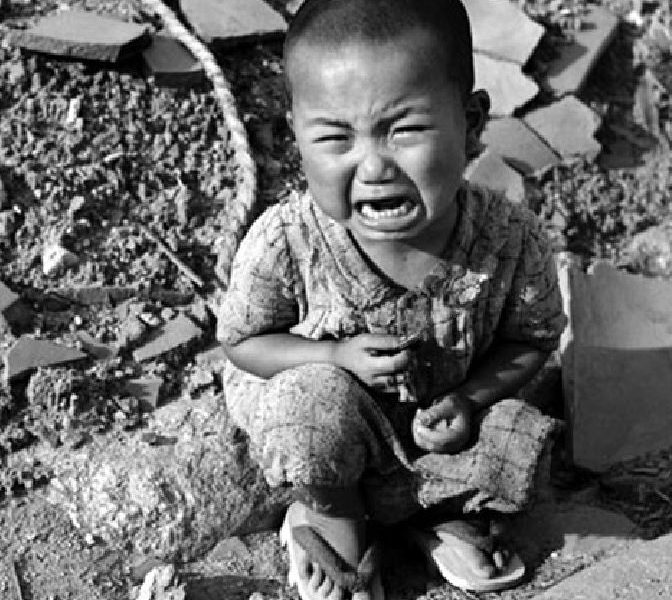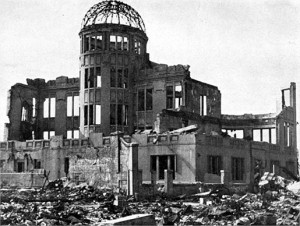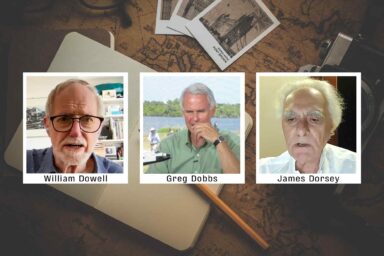The people of Hiroshima and Nagasaki suffered unspeakable horrors. But some in the U.S. government didn’t want Americans to see what really happened. Here, the first in a three-part series. Revelations abound.
 Today marks the 70th anniversary of the atomic bombing of Hiroshima — followed three days later by the bombing of Nagasaki. While the world is now aware of the horrifying aftermath of these events, this wasn’t always the case. This is the first in a three-part series on the US’s decades-long deliberate effort to hide the true extent of the atom bombs’ mass devastation.
Today marks the 70th anniversary of the atomic bombing of Hiroshima — followed three days later by the bombing of Nagasaki. While the world is now aware of the horrifying aftermath of these events, this wasn’t always the case. This is the first in a three-part series on the US’s decades-long deliberate effort to hide the true extent of the atom bombs’ mass devastation.
In June of 1946, Lt. Daniel McGovern hauled 90,000 feet of color footage to the Pentagon and submitted it to General Orvil Anderson. Locked away and declared top secret, it did not see the light of day for more than thirty years.
The first in a three-part series.
“A Hole in American History”
Dozens of hours of film footage shot in Hiroshima and Nagasaki in the fall and winter of 1945-1946 by an elite U.S. military unit was hidden for decades and almost no one could see it. The raw footage, in striking color, languished in obscurity. As the writer Mary McCarthy observed, the atomic bombing of Japan nearly fell into “a hole in human history.”
As our nuclear arms race with the Soviet Union escalated, all that most Americans saw of Hiroshima and Nagasaki were the same black-and-white images: a mushroom cloud, a panorama of emptiness, a battered building topped with the skeleton of a dome—mainly devoid of people.
Once top secret, the shocking images now carry an “unrestricted” label. You have, quite possibly, seen a few seconds of clips on television or in film documentaries. If so, those images may be burned into your mind. Yet no one was allowed to view them when the horror they captured might have prevented more horror by slowing down or even halting the nuclear arms race.
Compounding the cover-up, the American military seized all of the black-and-white footage of the cities shot by the Japanese in the immediate aftermath of the bombings. They hid the film away for many years. It was known in Japan as the maboroshi, or “phantom,” film. It, too, rests in the National Archives today.
“Never again.” At least not with outmoded bombs.
To find out how and why all of this historic footage was suppressed for so long, I tracked down the man who oversaw the handling of both the Japanese and American film. His name is Lt. Col. (Ret.) Daniel A. McGovern. He told me that high officials in the Pentagon “didn’t want those images out because,
“…they showed effects on man, woman and child…. They didn’t want the general public to know what their weapons had done—at a time they were planning on more bomb tests.”
Not incidentally, those planned tests were designed to help the U.S. military build bigger and better nuclear bombs.
McGovern also said, “We didn’t want the material out because…we were sorry for our sins.”
***
The secret color footage (see some of the footage below) was finally shown to the public, however limited, on June 2, 1982. The New York City screening coincided with the high point of the antinuclear movement.
In response to an escalating arms race stoked by a new president, Ronald Reagan, who said a nuclear war with the Soviets was “winnable”—a “nuclear freeze” campaign had been organized in hundreds of cities and towns. It captured the imagination of the media and a massive anti-nuclear march in Manhattan was set for June 12.
Despite this campaign, few in America challenged the view that dropping the bomb had been necessary. When Hiroshima and Nagasaki were invoked, even within the antinuclear movement, it was usually not to condemn, but merely to declare: never again.
No matter what one thought of Truman’s decision in 1945, this much was clear: endorsing the bombings and saying “never again” did not fit together comfortably. Washington, after all, maintained its “first-use” nuclear option, and still embraces it today.
According to this policy, under certain circumstances the United States can strike first with nuclear weapons—and ask questions later. In other words, there is no real taboo against using the bomb.
Ten days before the June 12 march, a few dozen Americans first saw some of the historic color footage shot by the American military—but not in an American film.
It was the Japanese who put together the film, and only because of a chance meeting in New York between Herbert Sussan—who, as a young soldier, helped shoot some of the 1946 footage—and a Japanese activist. When the activist learned of the secret film from Sussan, he lead a mass movement in Japan to raise enough money to copy 90,000 feet of it. (They also purchased a copy of the suppressed, black-and-white film shot by the Japanese newsreel team.) The film was shown at the Japan Society in Manhattan. It was called “Prophecy.”

At the Japan Society, the now elderly Sussan, who had become a pioneering TV director at CBS, told the audience,
“I have waited so long for this moment. For years, all of my own efforts to obtain this unique footage to show the American people have been frustrated. This film has been locked in vaults, declared classified and held away from the public. I am pleased that the world will finally see a small bit of what the true reality of the nuclear age really is…
“I felt that if we did not capture this horror on film, no one would ever really understand the dimensions of what had happened.”
Then they rolled the film. The footage revealed miles of devastation dotted by rubble and twisted girders, close-ups of artifacts—blackened statues, a collapsed church or school—and victims displaying their inflamed scars. Doctors in shattered hospitals bandaged horrendous-looking wounds.
The distinctive, rubbery keloid scars left by burns on faces and arms looked all the more painful in blazing color.
Patients, most of them women and children, exposed to the camera their scarred faces and seared trunks. They acted stoic, dignified, yet their intense gaze suggested deep wells of bitterness at the U.S. for dropping the bomb—or perhaps at Sussan for subjecting them to this further humiliation. Or was it both?
A Film That Flopped?
Despite a good turnout that day, there was very little, if any, coverage about “Prophecy” or Herbert Sussan in the days that followed, despite its announcement in The New York Times’ “Going Out Guide” the day it was to be shown, along with other Japanese films on the bombing.
Weeks passed. The nuclear freeze campaign continued to grow, and that October, I was named editor of the leading antinuclear magazine in the country, Nuclear Times. When I took over, the first major story I assigned was a profile of Herbert Sussan.
When I reached Sussan by telephone, he sounded edgy, maybe a little scared. He had recently retired and was ill, he said, with a form of lymphoma “they are finding in soldiers exposed to radiation.”
Greg Mitchell is the author of more than a dozen books, including “Atomic Cover-up.” He is the former editor of Nuclear Times and Editor & Publisher and writes a daily column at The Nation.


![Atomic_Coverup_1-Mitchell-14-03-25-FINAL [Compatibility Mode] - Microsoft Word](https://whowhatwhy.org/wp-content/uploads/2014/03/Atomic_Coverup_1-Mitchell-14-03-25-FINAL-Compatibility-Mode-Microsoft-Word2-300x2261.jpg)
